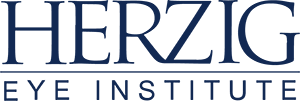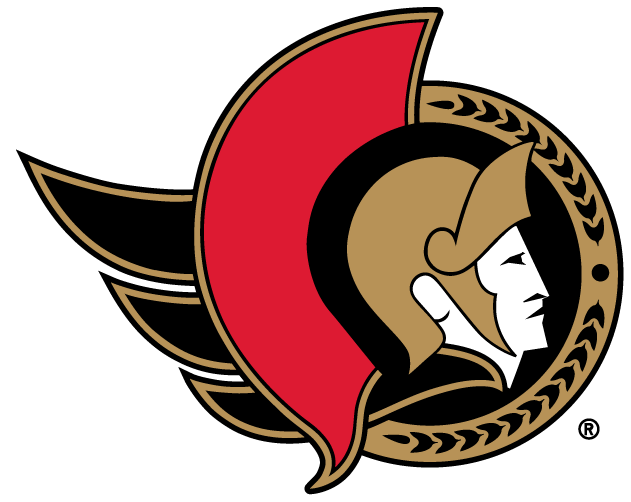Herzig Eye Institute in Refractive Surgery on July 26, 2016
You’re thinking about leaving your old eyeglasses behind for sharper, clearer vision, but you’re worried that LASIK eye surgery might hurt. Have no fear. Rest assured that Laser Vision Correction is not painful.
LASIK (Laser Assisted In Situ Keratomileusis) is a delicate surgical procedure, allowing for a very predictable healing response. Your vision stabilizes rapidly, and you can expect to have little or no discomfort following LASIK. In fact, most patients have driving vision within 24 hours of treatment and are able to return to work a day after the procedure.
The Herzig Eye Institute also offers the next generation of Laser Vision Correction, SMILE, (SMall Incision Lenticule Extraction) SMILE is only available at a few other institutes in Canada. Because the flapless procedure is done with the least disturbance to the surface of the eye, SMILE has an equally, or even more, comfortable recovery response, adding to the virtually pain-free vision correction treatments now available.
When you come to the Herzig Eye Institute, you can take comfort in knowing that our surgeons are not limited by a single procedure. Their goal is to customize a treatment that will provide you with the best result possible. Here is what to expect with each generation of Laser Vision Correction.
WHAT TO EXPECT WITH LASIK

At the Herzig Eye Institute, our IntraLase® method is a 100% blade-free approach to creating a corneal flap. The computer guided IntraLase® moves back and forth across the eye, where microscopic bubbles connect to form a corneal flap. The surgeon then lifts the flap where these bubbles have created a smooth surface, and then uses the computer-guided excimer laser to precisely reshape the cornea for corrected vision.
During the procedure, anesthetic eye drops are used to numb the eye and prevent any discomfort. Most people feel very little other than pressure for a few seconds.
READ MORE – What is the Average LASIK Recovery Time?
WHAT TO EXPECT WITH PRK
PRK (Photorefractive Keratectomy) is the same laser procedure as LASIK. It differs, however, in how the cornea is prepared for the laser treatment. With PRK, the corneal epithelium is gently removed and the laser is applied. PRK is commonly referred to as “surface ablation,” meaning a laser procedure that is applied to the surface of the cornea.
After PRK, some patients may experience mild to moderate irritation until the corneal surface heals (approximately 4 or 5 days). Eye drops and medication are provided to minimize any discomfort.
WHAT TO EXPECT WITH SMILE
SMILE is the next generation of Laser Vision Correction procedures. SMILE stands for SMall Incision Lenticule Extraction, and as the name suggests, the procedure is done with the least disturbance to the surface of the eye.
Because the surface of the cornea is almost untouched and there is less disturbance of the corneal nerves, there is much less chance of prolonged dryness of the eyes. Dry eye is the most common issue associated with PRK and LASIK, so eliminating or reducing this problem is a huge step forward.
The SMILE procedure removes corneal tissue from a deeper, less dense area of the cornea, so the integrity of the cornea is maintained. This is important for patients with thin corneas who, prior to SMILE, were typically treated with PRK.
Most of these patients who were not candidates for LASIK can now have SMILE, allowing them to recover as quickly as LASIK.




